Succulents and cacti are more than just glossy, fat foliage with thorns and textures. There are also succulents with flowers.
What kinds of succulents have flowers?
Are all succulents capable of blooming?
While not all succulents flower freely in growing, quite a few do. Some succulents will flower year after year if given the proper environment and care. Here are a few lovely succulents that will bloom profusely when the time comes.
Crassula–is a large succulent plant genus with over 200 species. The crassula types flower the most readily of all my succulent plants.
Crassula Ovata ‘Jade Plant’
Crassula Ovata’Jade plant’, native to South Africa and Mozambique, is one of the most recognizable succulent plants. The versatility and ease of care of this plant contribute to its popularity. The flowers of Crassula Ovata’Jade Plant’ are star-shaped and white or pink.
Jade Plant
Crassula Pellucida ‘Calico Kitten’
Crassula Pellucida’ Calico Kitten’, also known as Crassula Marginalis Rubra Variegata, is a lovely plant with many interesting characteristics. The leaves range in color from light to yellow-green, as well as pinks, fuschias, and creams. When the heart-shaped leaves are very dry, they can turn a darker shade of purple. They bloom with small white and yellow flowers that make you happy.
Echeveria–Echeverias come in a wide range of shapes, sizes, and colors. Echeverias are known for their spectacular and dramatic blooms. The flowers are vibrant and eye-catching. They also stay in bloom for a long time, allowing you to enjoy them for weeks or even months.
Calico Kitten
Crassula Rupestris' Baby's Necklace'
A lovely stacking plant with spiraling leaves that form a lovely intricate pattern around the stem. The leaves are light green with crimson red edges that intensify with additional sun and cold exposure. Crassula Rupestris has cheerful clusters of pink, white, and yellow flowers that add a splash of color to an already vibrant plant.
Baby’s Necklace
Echeveria Peacockii
Blue-gray leaves with pink margins on an Echeveria hybrid. These, like most echeveria hybrids, are low-maintenance and will flower when mature. Echeveria flowers emerge from a long bloom stalk. A single plant will frequently produce two or more bloom stalks. The flowers are indeed a hot pink and bell-shaped shape that lasts for weeks, if not months.
Echeveria Peacockii
Crassula Perforata' String of Buttons'
These are very attractive South African succulents. As they expand, the leaves appear to stack on top of each other in a crisscross pattern. The foliage is bluish-green with rosy pink edges around the sides. They bear clusters of tiny white and yellow flowers.
String Of Buttons
Senecio Rowleyanus' String of Pearls'
Senecio Rowleyanus’ String of Pearls’ is undoubtedly one of the most sought-after succulent plants on the market. These hanging or trailing plants have plump, green pea-shaped leaves that can extend indefinitely. They have white, fuzzy flowers with a cinnamon-spiced scent.
String of Pearls
Echeveria Elegans' Mexican Snowball'
This lovely echeveria is native to Mexico and has gray-green leaves with pink-reddish edges. The pink color becomes more prominent when the plant is stressed or exposed to extreme temperatures and drought. It blooms with beautiful, bright pink-coral bell-shaped flowers that last for weeks or even months.
Mexican Snowball
Echeveria' Doris Taylor'
An echeveria hybrid with silver-green fuzzy leaves. The leaves are covered in tiny fuzz that gives the plant a hairy appearance. The leaf tips have a reddish tinge that becomes more intense with heat and cold exposure. The plant produces orange flowers that are bright and appealing.
Senecios– because of their distinct growth pattern, senecios are highly sought-after succulents. The stems can grow to be several feet long and trailing. As a result, they look great as hanging plants or cascading down a tall planter. They are even more stunning when in bloom. These two Senecios are among the most popular blooming Senecios.
Doris Taylor’
Sedum Rubrotinctum' Jelly Bean Plant'
Sedum Rubrotinctum’ Jelly Bean Plant,’ ‘Pork and Beans’ is a Mexican native with small, plump, bean-shaped green leaves. When agitated or exposed to more sun or cold temperatures, the tips turn a deep crimson. The stems become thinner and more spread out as they grow. These plants produce cheerful yellow flowers in the shape of stars.
Jelly Bean Plant
Graptopetalum Paraguayense ‘Ghost Plant’
Graptopetalum Paraguayense’ Ghost Plant’ is a lovely plant with delicate pastel shades. The leaves are flat and thick, with pointed tips. The pattern of the leaves artfully shapes the rosettes. The star-shaped flowers produced by this plant add to its beauty. The flowers are white and pale yellow.
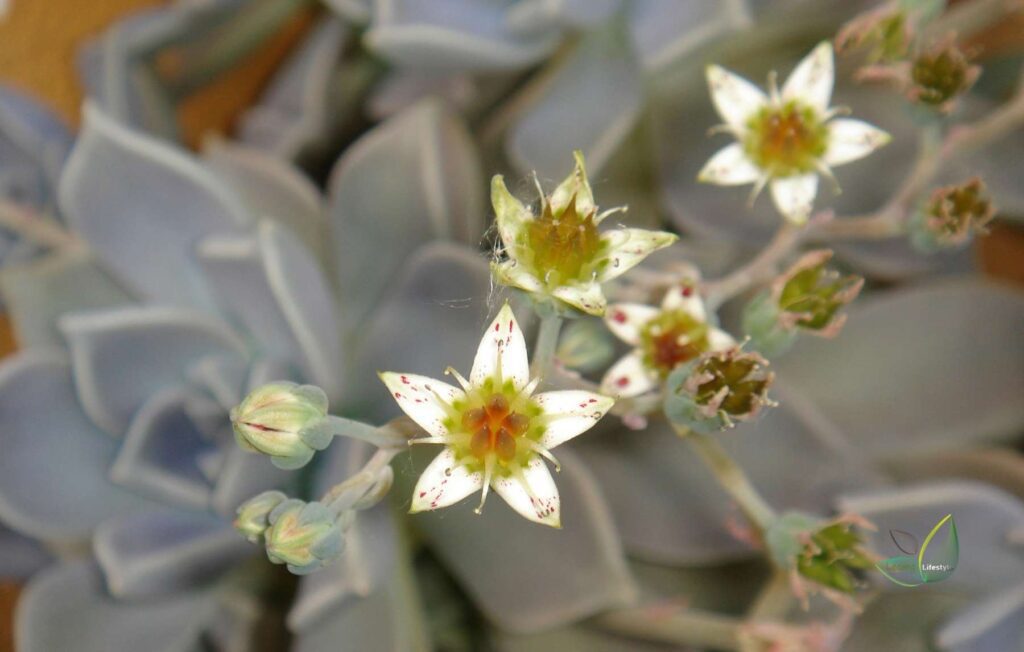
Graptosedum as well as hybrid plants Graptosedum is a cross between Graptopetalum and Sedum. Many succulent plant hybrids are the result of a cross between two or more plants. Hybrid plants typically produce flowers that resemble the plants from which they were bred. Consider this Graptosedum hybrid.
Ghost Plant
Senecio Radicans ‘String of Bananas’
The String of Bananas by Senecio Radicans is very similar to the String of Pearls. Both are South African natives with long trailing stems. Senecio Radicans’ leaves are green, plump, and shaped like mini bananas. These plants also bear white fuzzy flowers with a cinnamon-vanilla spiced scent.
Sedums (Stonecrop) are one of the most simple and low-maintenance succulent plants available. Because of their ease of care, you can plant them in the ground in temperate zones. What makes them more appealing is that they flower profusely and produce these cheery little star-shaped flowers.
Graptosedum' Francesco Baldi'
Graptosedum’ Francesco Baldi’ crosses between Graptopetalum Paraguayans Ghost Plant’ and Sedum pachyphyllum’ Jelly Beans.’ The flowers also appear to be a hybrid of the two plants. This plant has plump, pastel blue, lavender, and pink leaves. The flowers are star-shaped and either white or yellow.
Francesco Baldi’
Sedum Treleasie
Sedum Treleasie is a Mexican native with plump, blue-green leaves that are tightly compacted around the stem. The stem can reach a height of 12 inches (30 cm). When exposed to more sunlight, the tips of the leaves can turn a light green to yellowish color. By producing offsets, this plant can easily spread on its own. It has star-shaped, bright yellow flowers that can last for weeks.
Monocarpic Succulents
Simply put, monocarpic plants are those that die after they flower. Because of this, monocarpic plants are also known as the bloom of death. A few monocarpic succulents exist. Aeoniums and sempervivums are the most common.
The majority of aeoniums and sempervivums are monocarpic, with showy, spectacular blooms. The bloom stalk protrudes from the plant’s rosette until the entire plant is transformed into one long flower stalk. The flowers are vibrant and difficult to overlook. They can be in bloom for weeks or even months at a time.
If you have aeoniums and sempervivums in your garden, the death may go unnoticed because these plants are renowned for generating offsets or young plants surrounding the mother plant. By the time the mother plant blooms, it has already produced a slew of new plants. These plants will live and reproduce long after the mother plant has died, carrying on the torch.
Monocarpic Succulents
Haworthiopsis Attenuata' Zebra Plant'
Haworthias are small to medium-sized succulents that look similar to aloe plants. Haworthias bloom earlier than aloe plants. The blooms are not very showy and are a little low-key, but they bloom every year once they bloom. There are also a lot of blooms.
Zebra Plant
Aeonium' Black Rose'
The foliage of Aeonium’ Black Rose’ is deep purple, almost black. The rosettes resemble flower heads. Offsets or baby plants are formed when the plant branches out from the rosette. The flower stalk extends from the center of the flower head to form a single long flower stalk. The flowers are typically yellow or pink and can remain in bloom for an extended period. Because there is nothing you can do to prevent the flower stalk from arising, you should enjoy the experience.
Black Rose
Oscularia Deltoides ’Pink Ice Plant’
Oscularia Deltoides is a South African native with blue-green triangular leaves with jagged edges. The margins of the leaves are pink-reddish. This plant tends to sprawl and spread. When mature, it flowers profusely and produces lovely magenta-pink flowers that can cover the entire plant when in bloom.
Sempervivum Arachnoideum ‘Cobweb Hens and Chicks’
An intriguing plant with what appears to be cobwebs surrounding it. It is a monocarpic plant with beautiful blooms. The flowers are a lovely shade of magenta pink and can last for several weeks. You can’t stop the plant from blooming, so enjoy the beauty it produces.
These few succulents are not the only ones that bloom. There are numerous others. While not all succulent plants will flower, there are methods for encouraging succulents to bloom. It is crucial to provide succulents with the proper environment for them to thrive.
Cobweb Hens and Chicks
Aeonium 'Blushing Beauty'
Aeonium’ Blushing Beauty’ is a hybrid of two different aeoniums. The leaves can change from lime green to burgundy depending on light exposure and temperature changes. The plant propagates itself by branching out and producing offsets. The flowers, like most aeoniums, emerge from the center of the rosette and form a long bloom stalk. The flowers are typically yellow or pink and can be quite showy. When it blooms, the mother plant from which the flower is derived dies. As long as the offsets do not flower, they will continue to grow and reproduce.
Seeing your succulents bloom will give you a lot of pleasure. It’s a kind of validation that they’re happy and doing well. However, not all succulents bloom, and some do not bloom at all.
Is it necessary to bloom? When succulents flower or bloom, what does it mean? Can you expect your succulents to bloom? What should you do if this occurs? What happens to the bloom stalks after that?
These are among the most common queries about flowering succulents. These and other inquiries can be addressed right here.
Why Do Succulents Flower?
Succulents, along with all other plants, flower to attract pollinators. It is nature's way to survive and making sure the next gen's production. And how do they accomplish this?
By releasing seeds from the flowers.
Flowers contain plant reproductive parts. Flowers are brightly colored and fragrant to entice pollinators such as bees, butterflies, and birds.
Succulents in the wild rely on insects and other animals for pollination to reproduce. Flowers can also be self-pollinated in cultivation by using a paintbrush to pollinate flowers. The objective is the same–seed production. After that, the seeds can be harvested and germinated to produce new plants.
Many succulents and cactus growers propagate their plants by collecting seeds. Nevertheless, there are other aspects to reproduce succulents, such as a leaf or stem propagation, so collecting the seeds is not required.
How long does it take before my succulents bloom?
Some types flower quickly; others may need several seasons. The most common blooming period is between three and five years. Some species have been known to live longer than 20 years.
Do Succulents Die After Flowering?
Most succulent plants, thankfully, do not die after flowering, though some do. Monocarpic plants are those that die after flowering. Because the plant dies after blooming, it is also known as the bloom of death.
Sempervivums (Hens and Chicks), most Aeoniums, and most Agave plants are monocarpic succulents. Flowers are one way to tell if a plant is monocarpic. It is usually monocarpic if the flower emerges from the center of the plant and the entire plant appears to transform into a bloom stalk. Otherwise, the bloom is usually produced from the plant's sides.
When you see a monocarpic plant flowering, there is nothing you can do. You can't stop the process, so why not enjoy it? While it may appear to be tragic, monocarpic plants do not perish in vain.
Most monocarpic succulents are prolific producers, which means they will have produced many pups or baby plants before flowering and dying. Only the mother plant dies after flowering; the pups and baby plants will live on.
Do All Succulents Flower?
No. All Succulent plants do not bloom. Some take years to reach maturity before flowering, while others never bloom at all. Some succulents flower freely even when they are young, whereas others need maturation before flowering.
Environmental factors and growing conditions also determine a great deal. You can encourage blooms by providing the right temperatures, plenty of sunlight, and an environment similar to their natural habitat.
When Do Succulents Bloom?
Succulents bloom at various times throughout the year. Some bloom from early spring to late summer, while others bloom in the fall and winter. It is determined by the type of succulents you have and the environmental conditions they are subjected to.
How To Get Succulents To Bloom
A healthy and happy plant is more likely to flower than a troubled one, so it is crucial to provide the plant with the proper growth environment to grow and thrive. To bloom, succulents and cacti require a great deal of light. Whereby at least 5-6 hours of sunlight per day to keep the plants happy.
Soil should be well-drained for the plant. Succulents dislike sitting in wet soil, so providing the proper soil medium is critical to keeping them happy. A cactus mixture mixed with perlite 2:1 (cactus mix: perlite) is a good solution to begin.
You can also add coarse sand to the mixture to enhance drainage. You can learn more about soil and soil modifications in this post, "Best Soil and Fertilizer for Succulents."
Here are some of our soil and nutrient management recommendations.
Watering strategies, in addition to the proper soil mixture, must be considered. While it is critical to provide adequate water, providing too much water can be harmful to succulents. Let the succulents dry out in between waterings. As a general rule, the top inch of soil should be dry before watering again.
You can find more information on watering succulents at "How and When to Water Succulents."
How Should I Care for a Flowering Succulent?
A flowering succulent does not require any special care. A flowering succulent is perfectly capable of meeting all of its requirements as is. Continue to care for your plant as usual, and it will take care of the rest.
Some people like to give the plant extra nutrients to ensure that it gets enough nutrients for growth and to keep the blooms going. Fertilizer at 14 to 12 strength applied every two to four weeks should be sufficient to supply your plants with the nutrients they require. Here are some fertilizer recommendations from us.
When your succulents are overwatered, they do not bloom or achieve full bloom. This occurs when a succulent or cactus begins to shoot out what appears to be a bloom stalk but fails to bloom fully. This has happened to me on overwatered plants and plants that have stayed wet from too much rain outside.
If you want to see your succulents, especially cacti, bloom, you must provide enough water while not overwatering them.
Can You Plant Succulent Flowers?
No. Succulent flowers do not develop into new succulent plants. The seeds contained in the flowers are what can grow into new flowers. To produce the seeds needed to grow new plants.
To form new plants, these seeds must be harvested, germinated, and planted. Planting the flowers alone will not result in reproduction.
Instead of planting succulent flowers, you can propagate succulent stems and leaves. Most succulents are easily propagated through leaf and stem cuttings. It is simple to increase the size of your succulent collection through propagation.
Should You Cut The Flowers Off Succulents?
Succulents require a certain level of energy to bloom and stay blooming. Some people dislike succulent flowers and would like to cut off the flowering stalks to redirect the energy back to the plant, enabling it to start focusing its energy on growing. You'll enjoy seeing blooms from my succulents, no matter how small or inconspicuous they appear.
You'll find a wide variety of flowers that are both beautiful and amazing. Some flowers are tiny and understated, while others are spectacular. Others have a pleasant odor, while others have a strong odor.
When to cut off the bloom stalks is entirely up to you. Before I cut the flowers off, I usually wait until the plant has finished blooming and the flowers have dried up. Some people prefer to remove them before they become unappealing.
What Should I Do When Succulents Bloom?
The flowers of succulent plants can last for weeks or even months before they close and dry up, depending on the type. The bloom stalks can be left alone, but as they dry out, they become unappealing. Once the plant has finished blooming, remove the bloom stalks.
Cut the stalks of the blooms as close to the plant as possible without damaging the plant's leaves with sharp pruning shears or scissors. After you remove the bloom stalks, you can continue to care for your plant as usual. When a succulent plant blooms for the first time, it will usually continue to bloom at the same time the following year.
While obtaining succulents to flower is not a priority when getting bigger succulents, seeing them bloom is a joy. Continue your efforts to keep your plants as happy as possible, and they will reward you with blooms one of these days.

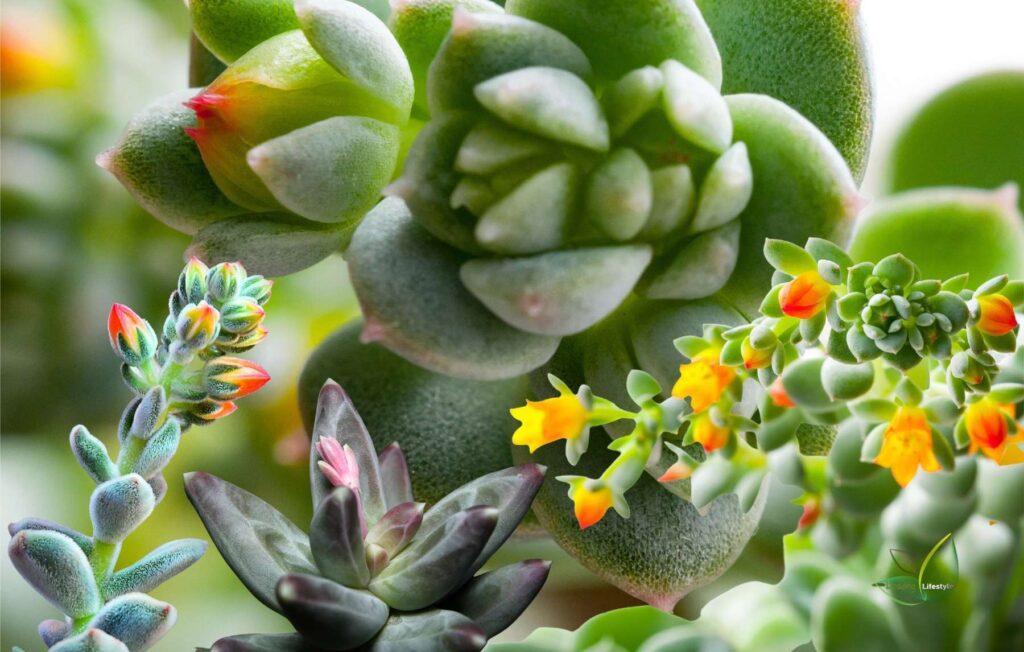
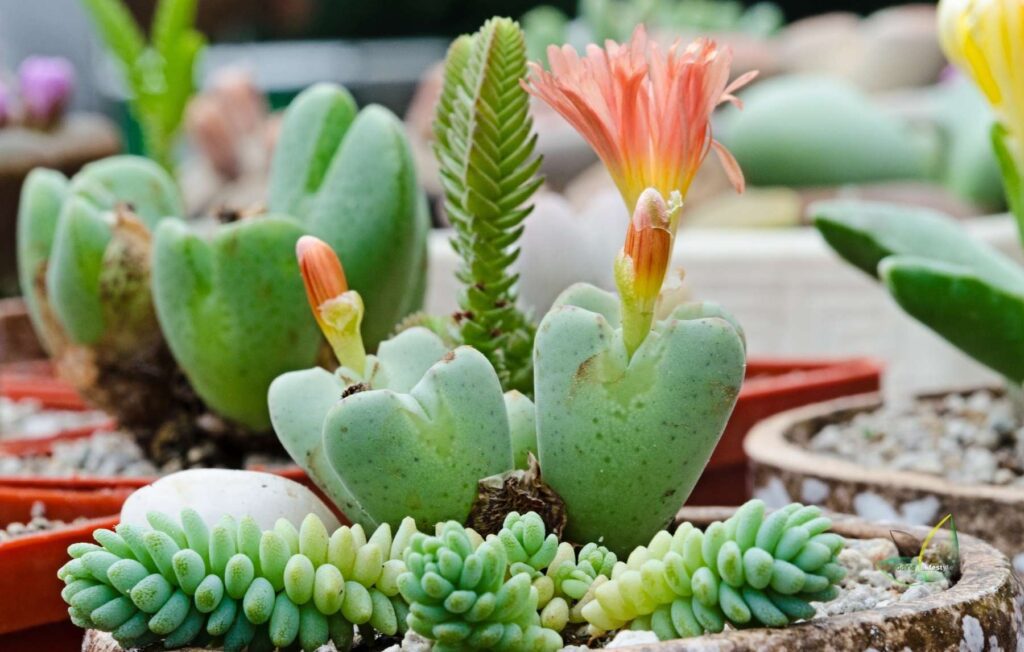
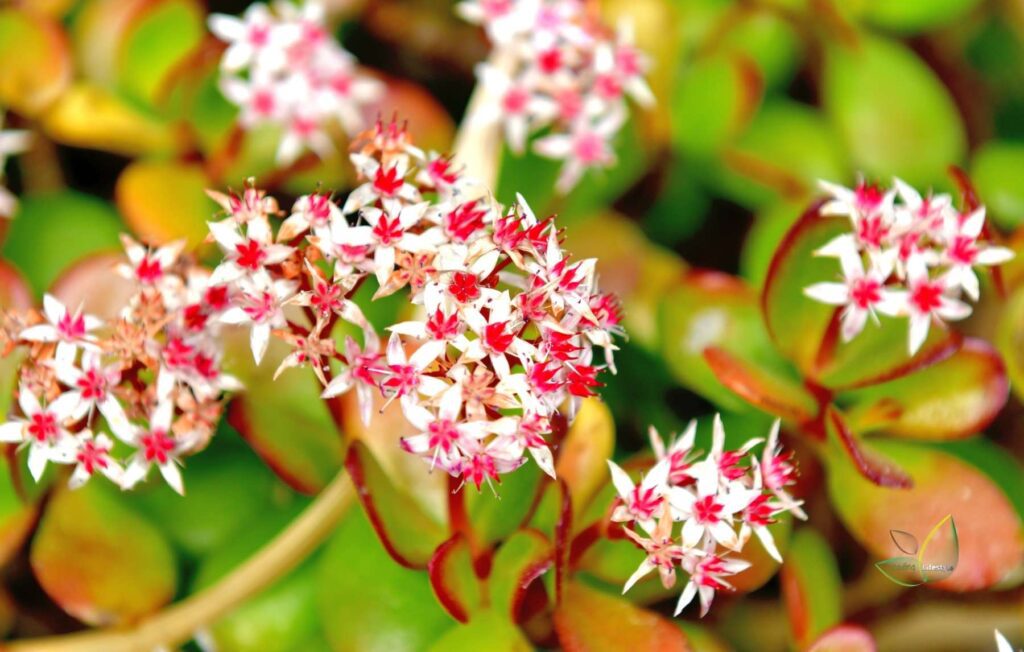
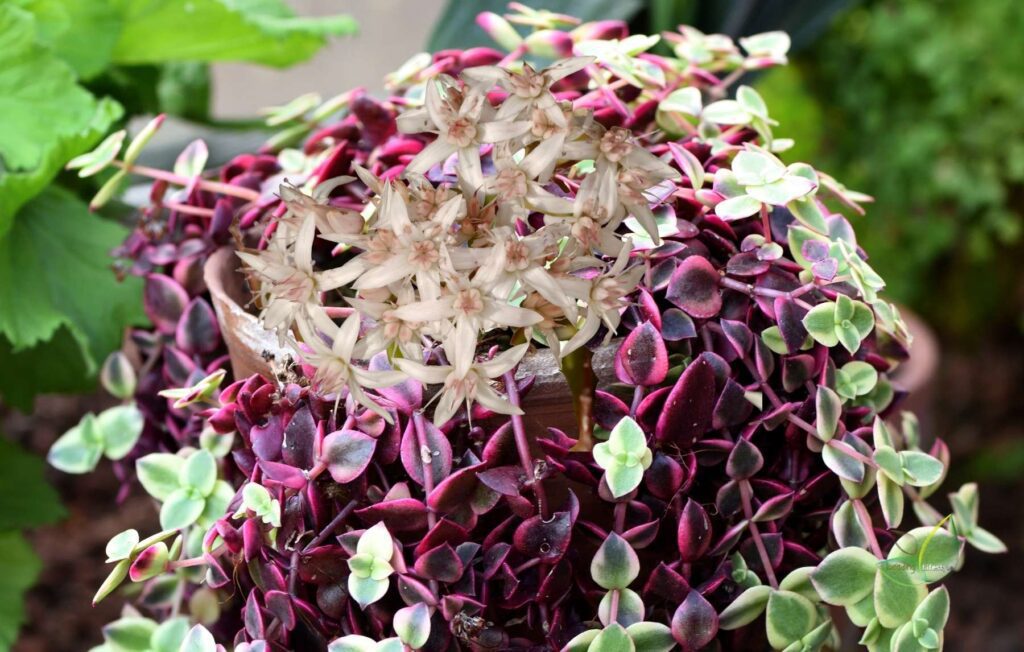
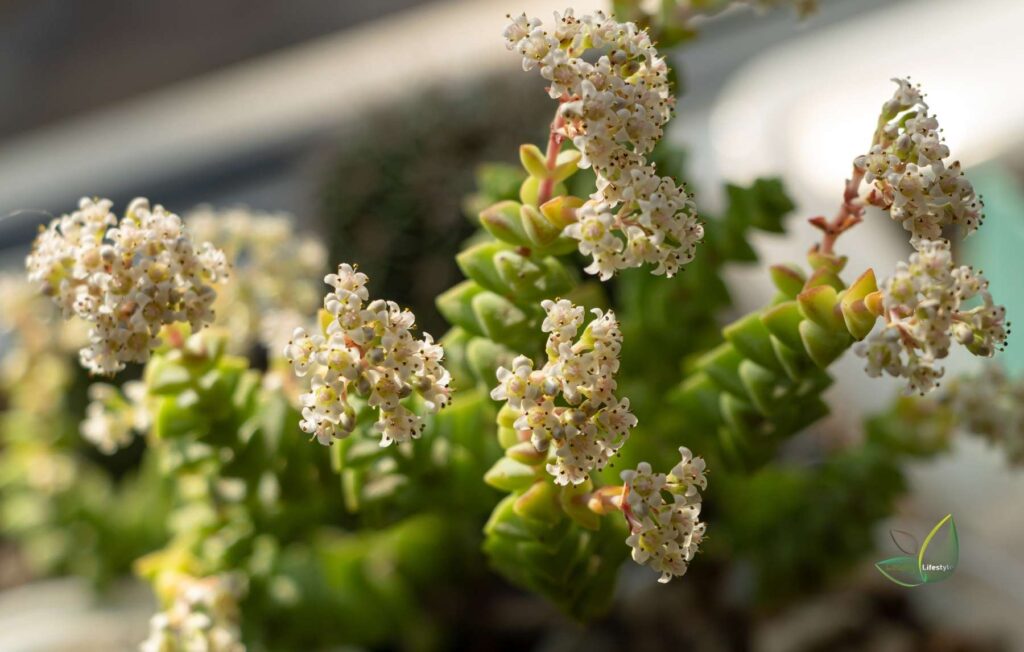
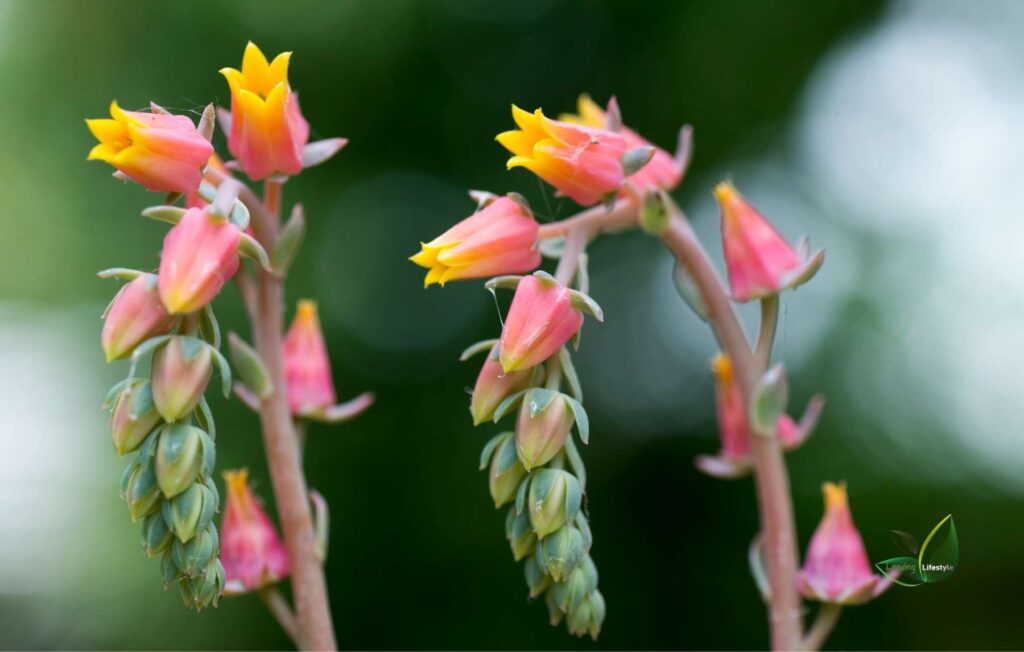
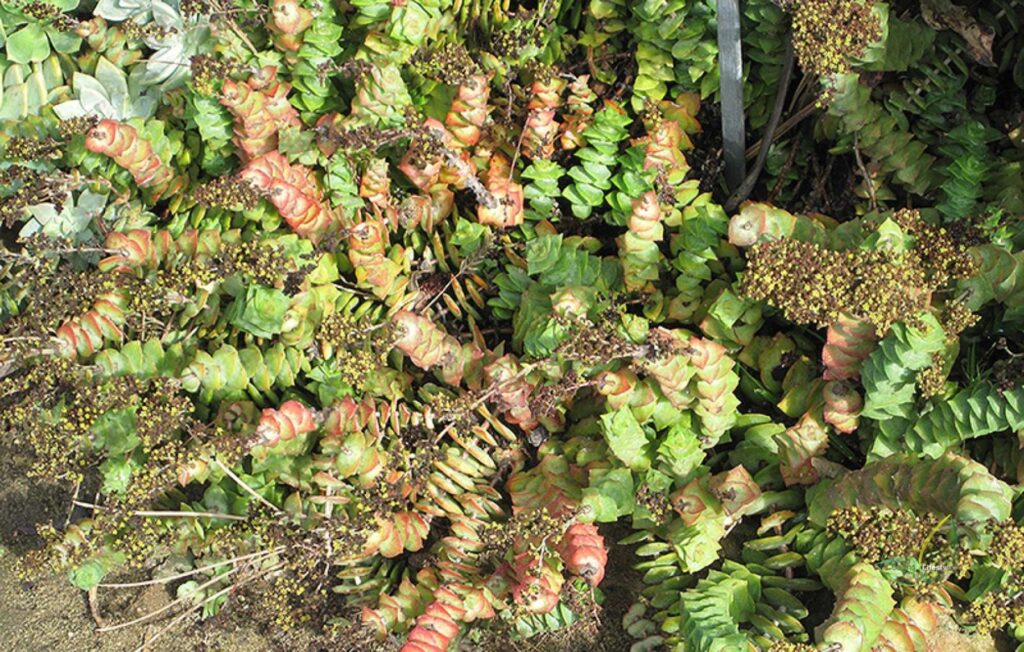
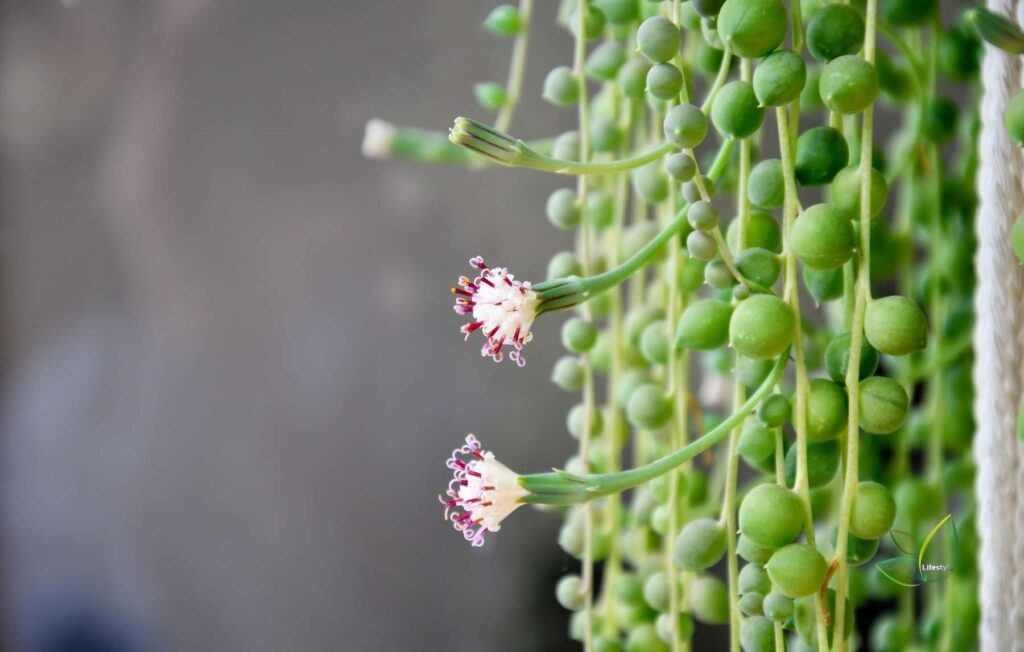
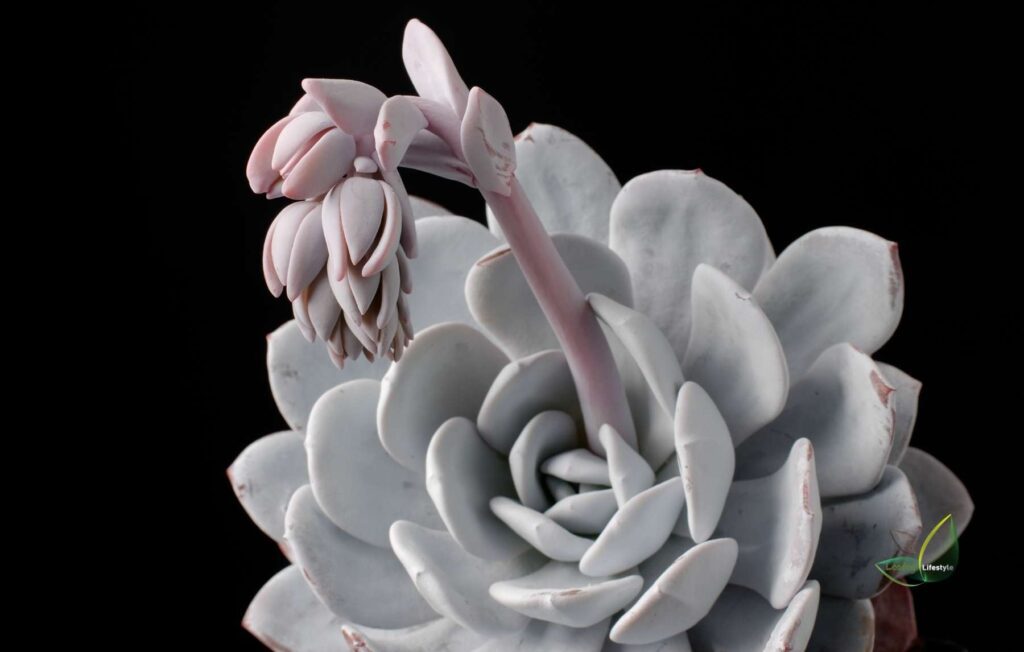
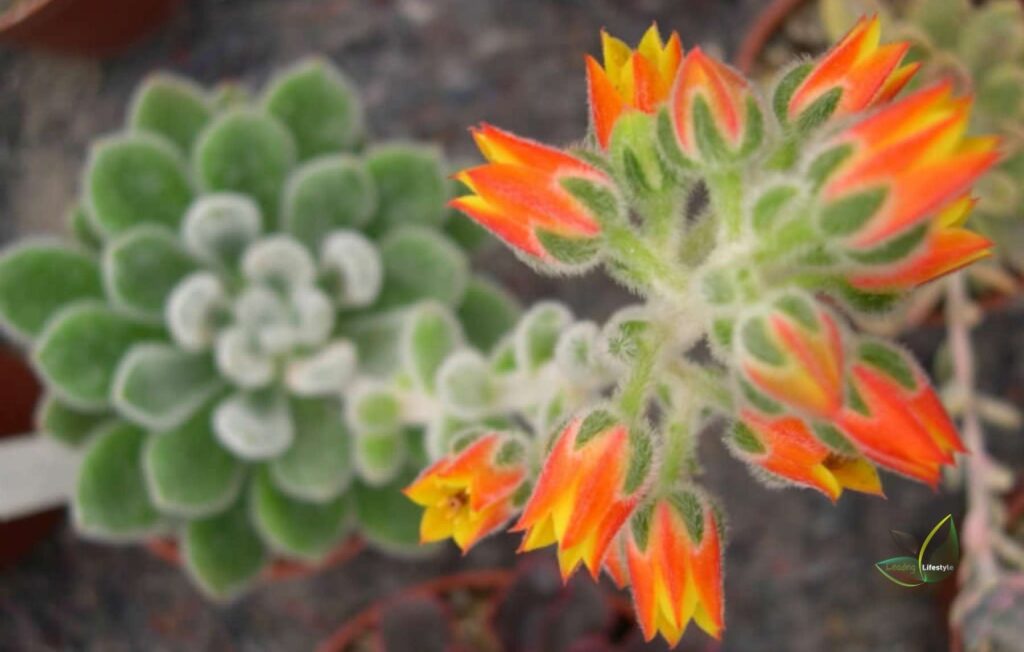
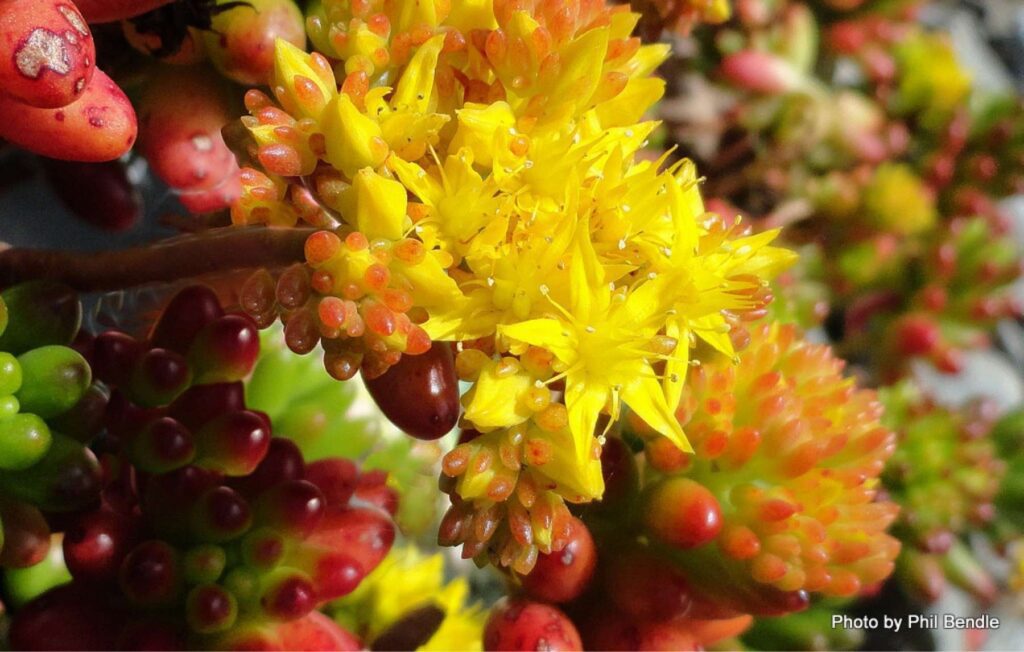
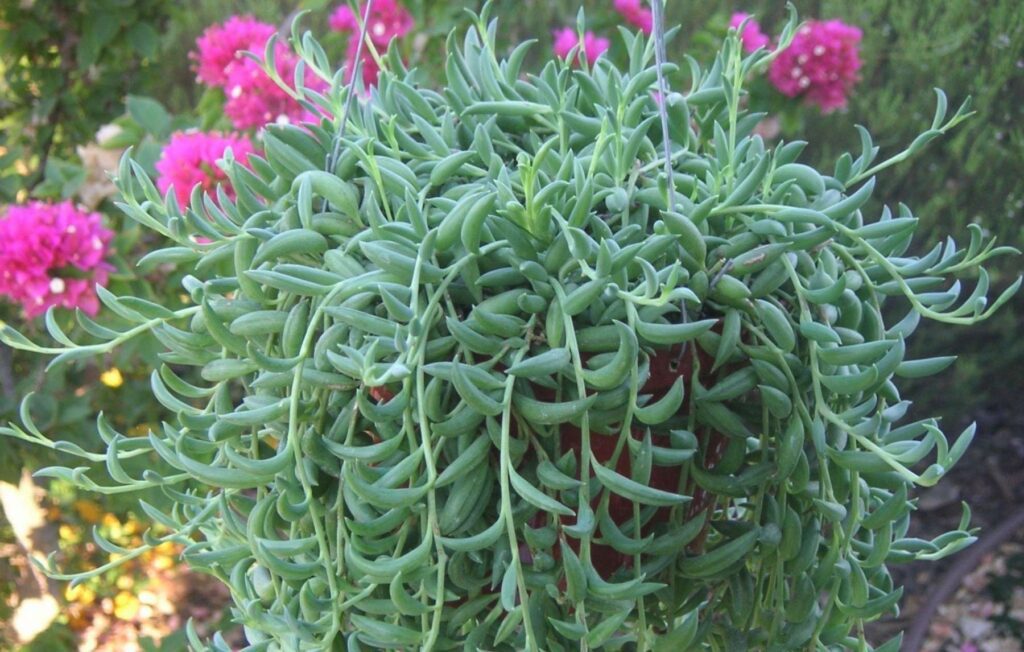
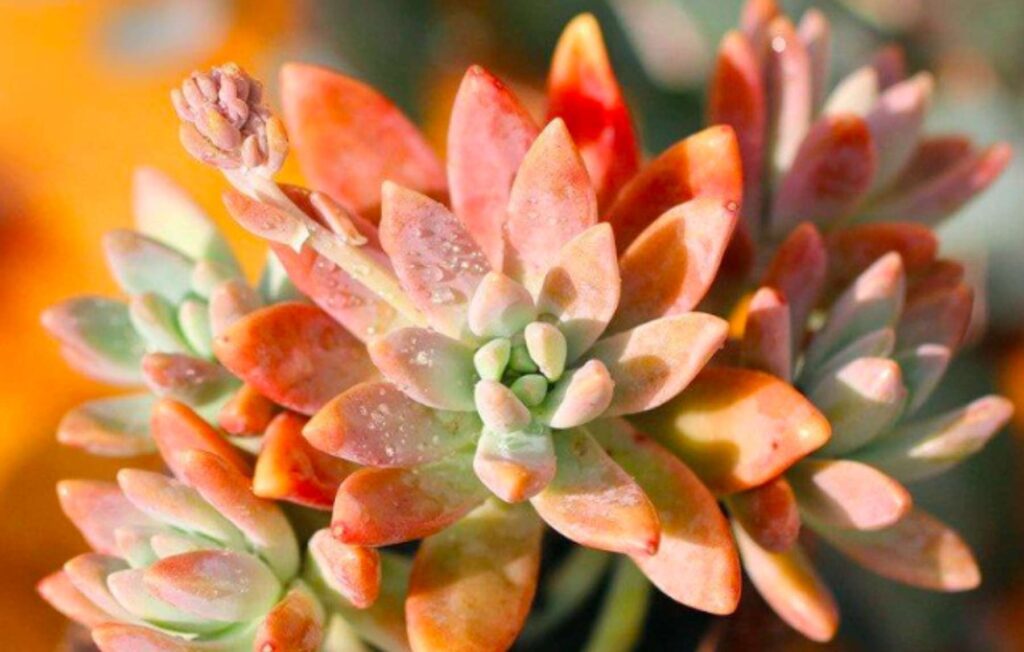
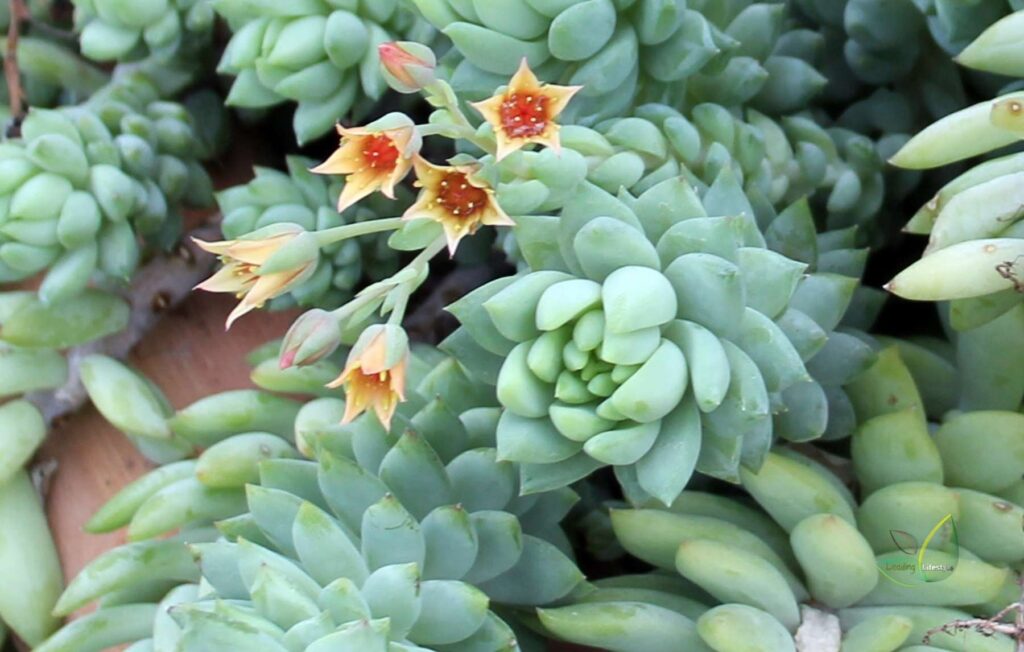

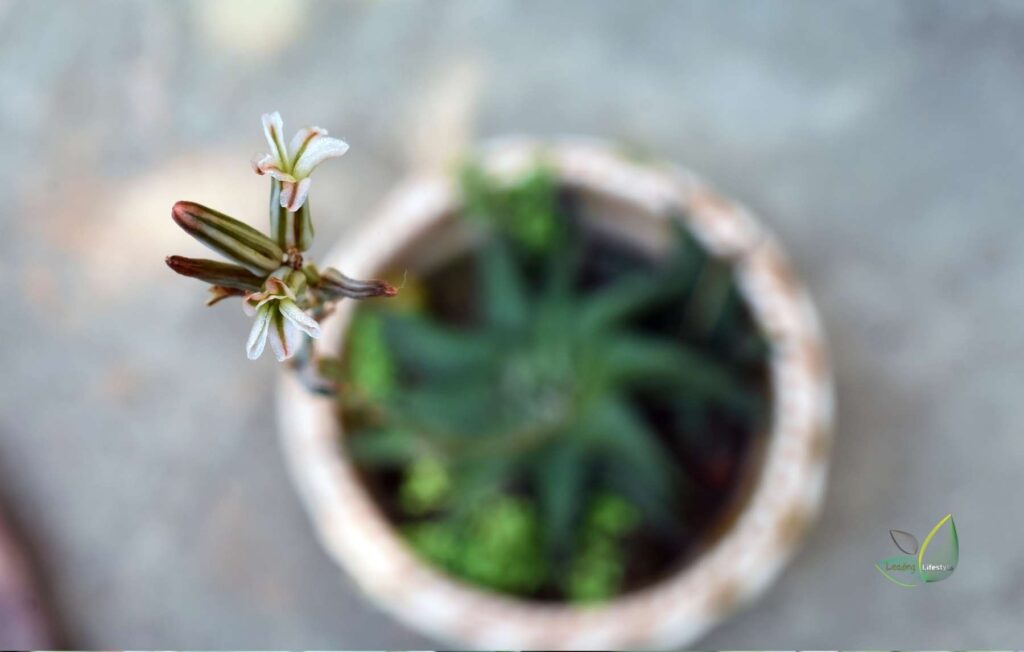
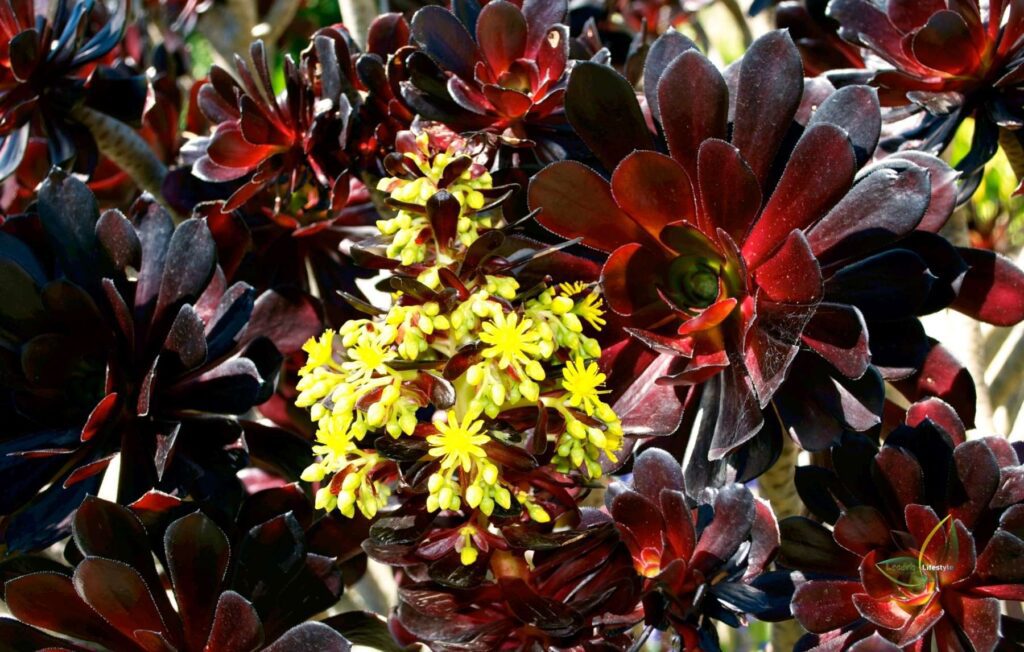
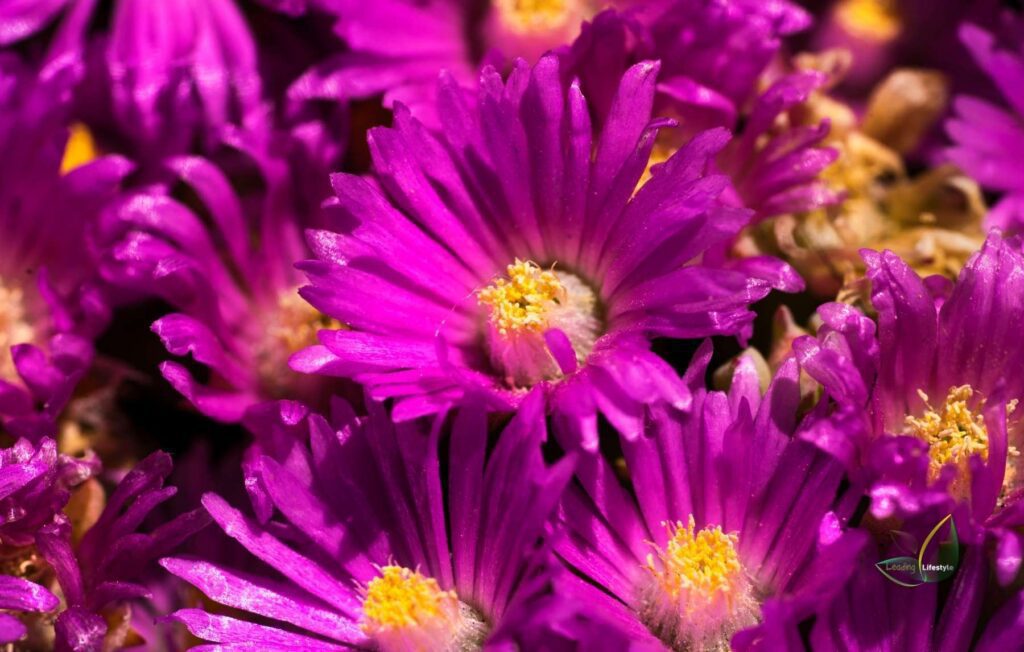
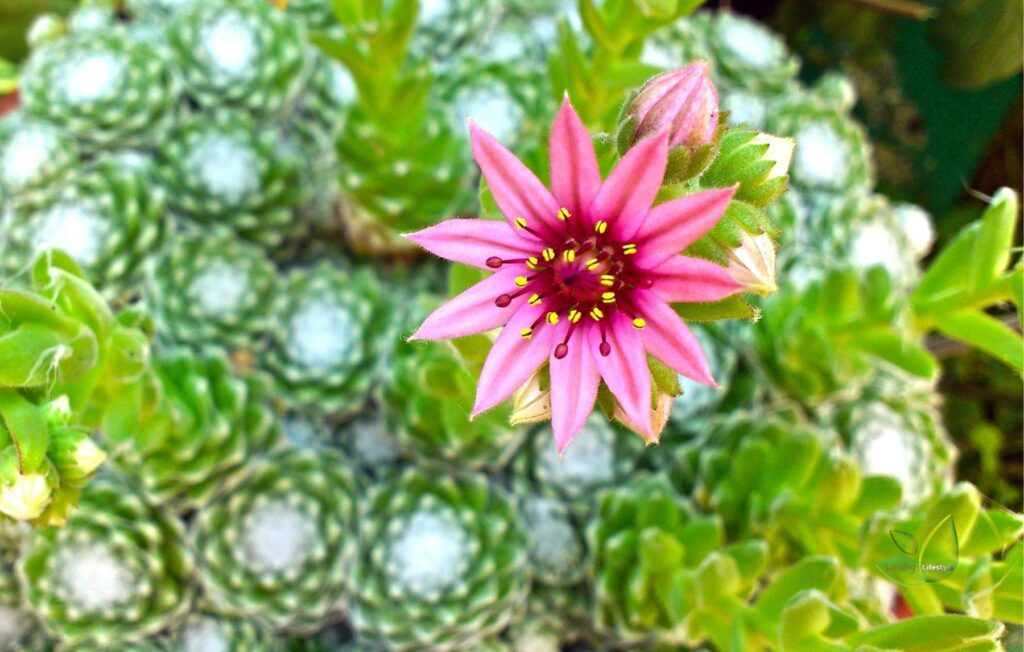
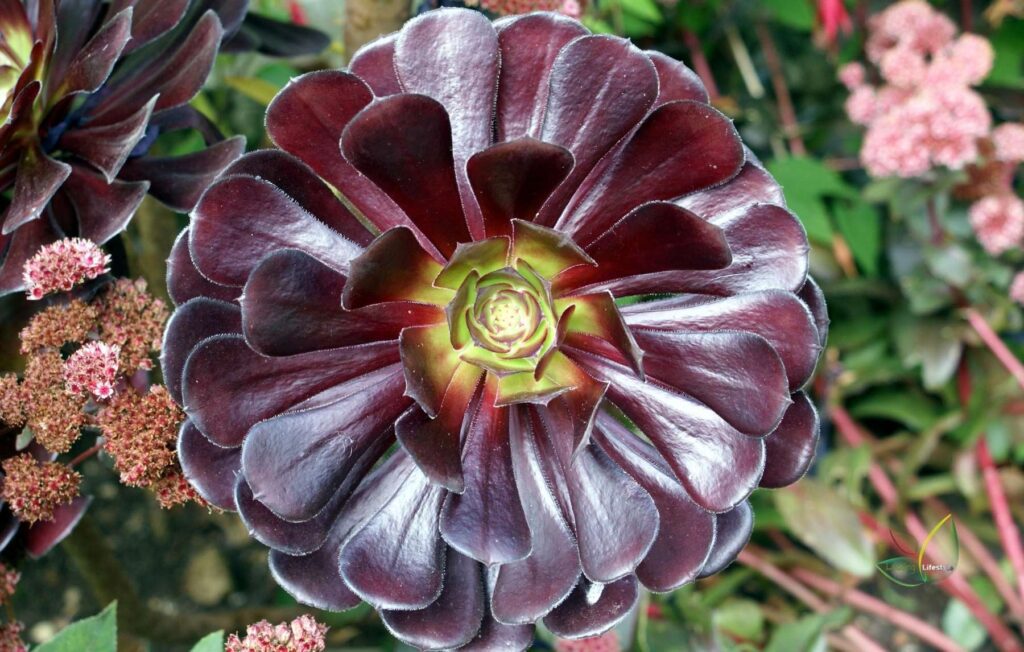
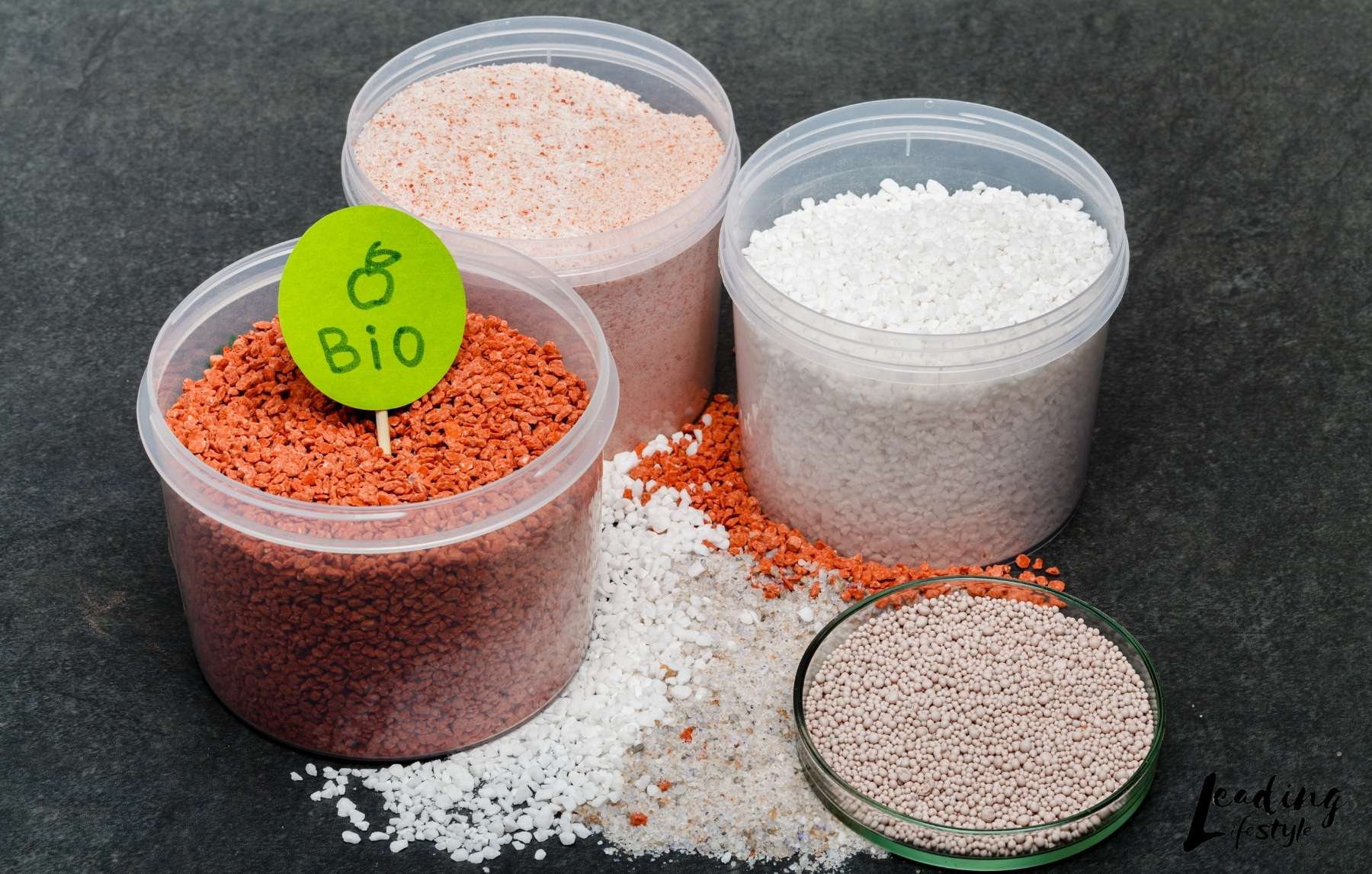
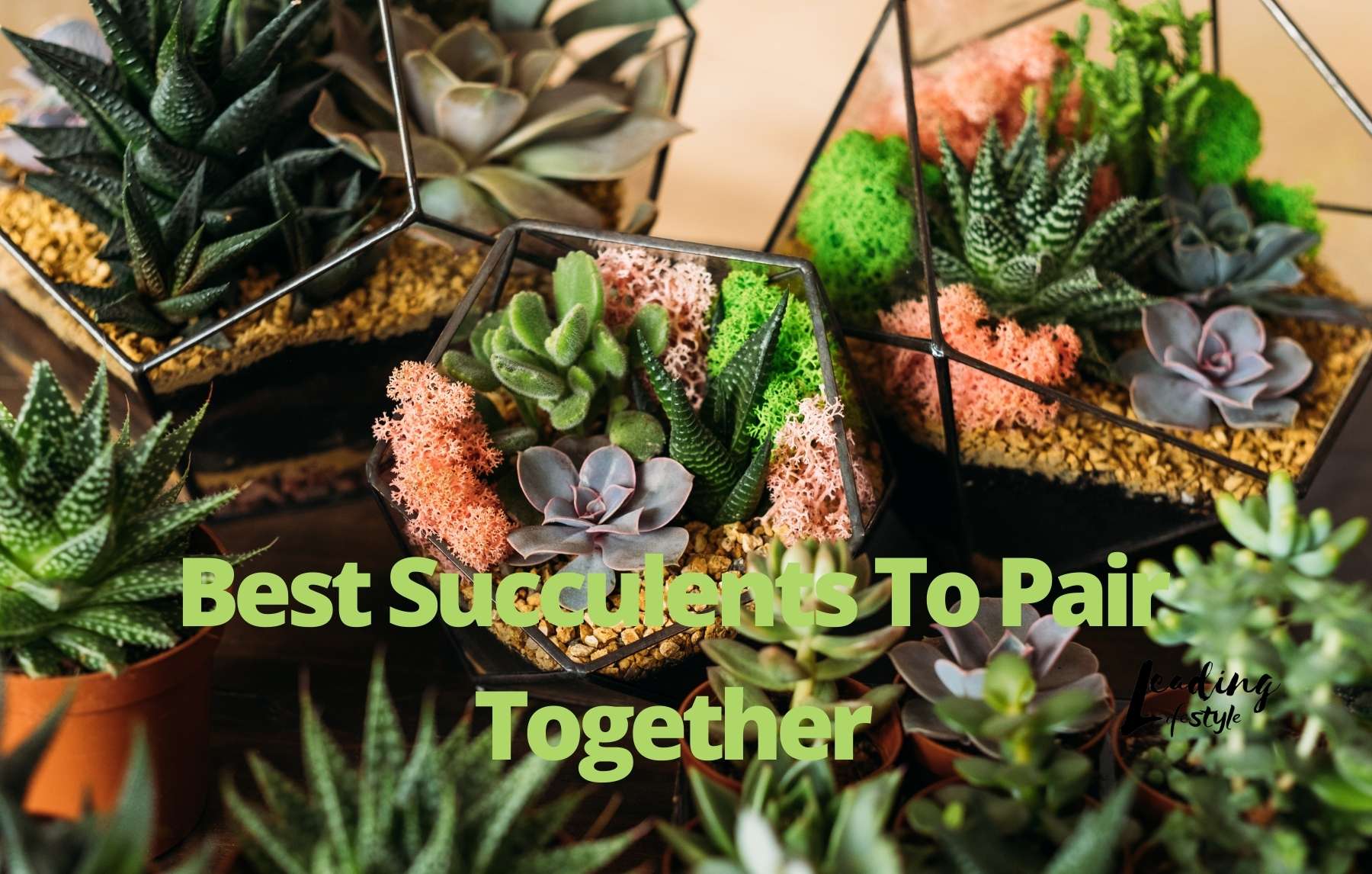
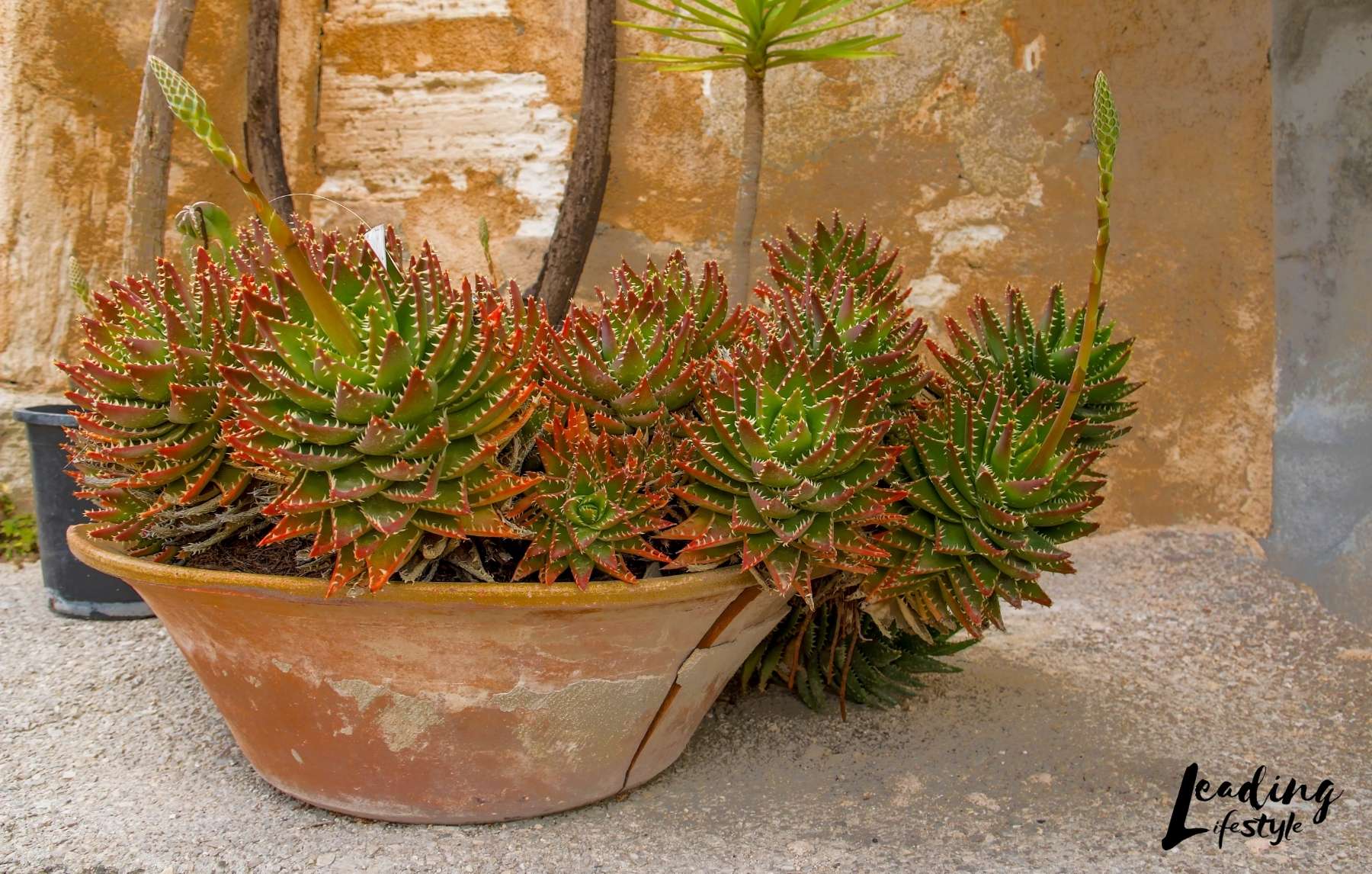
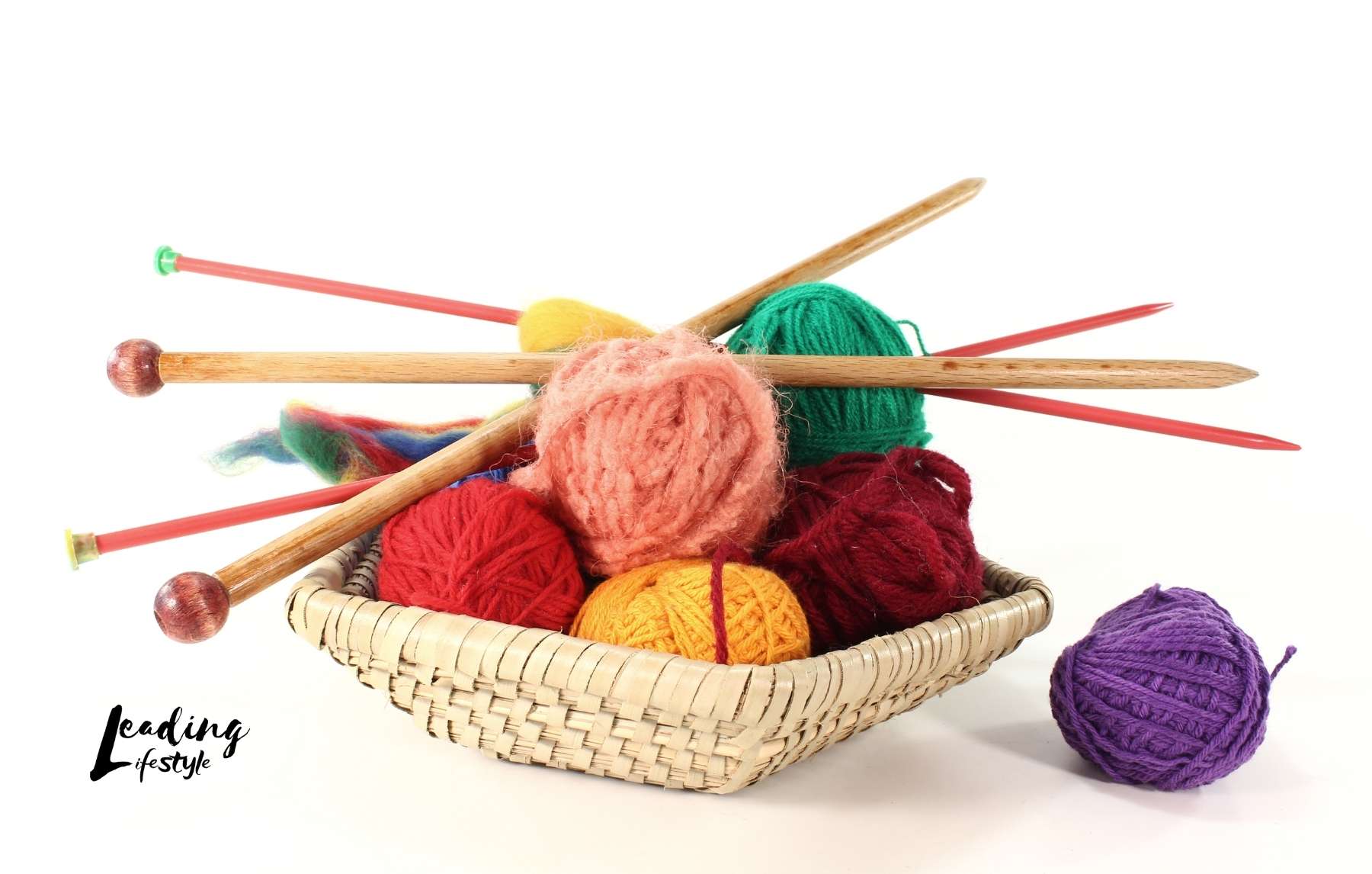
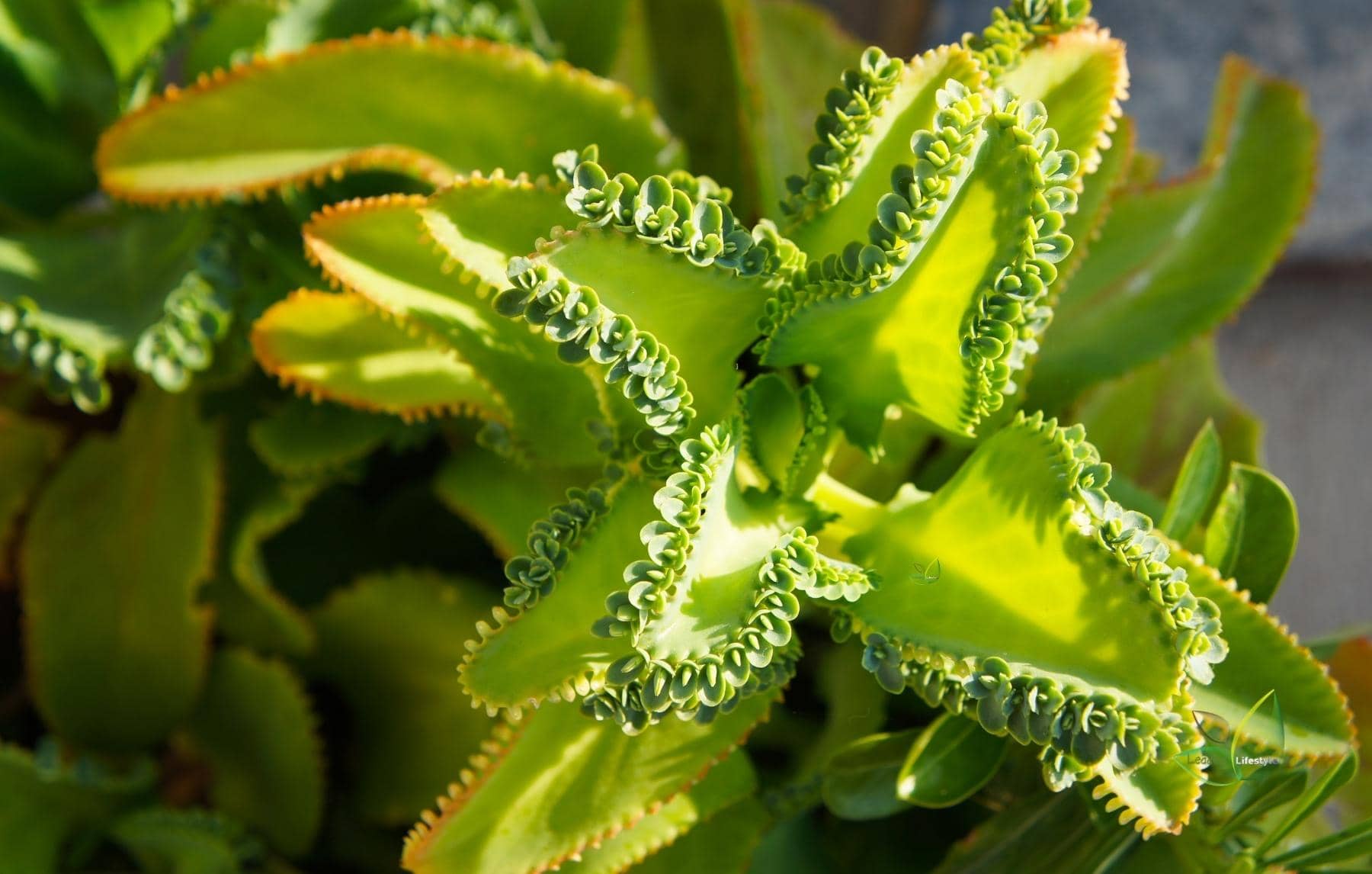
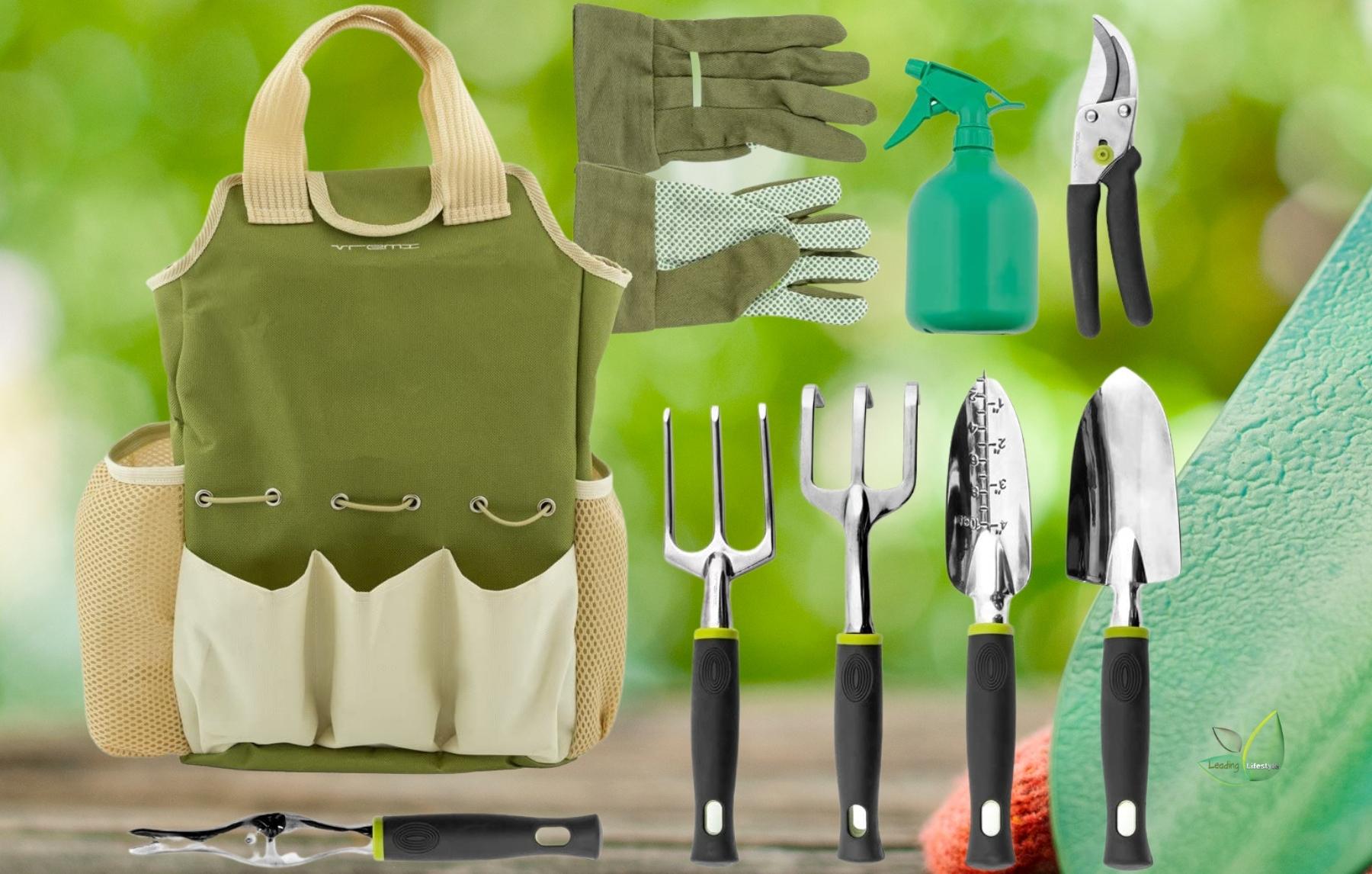
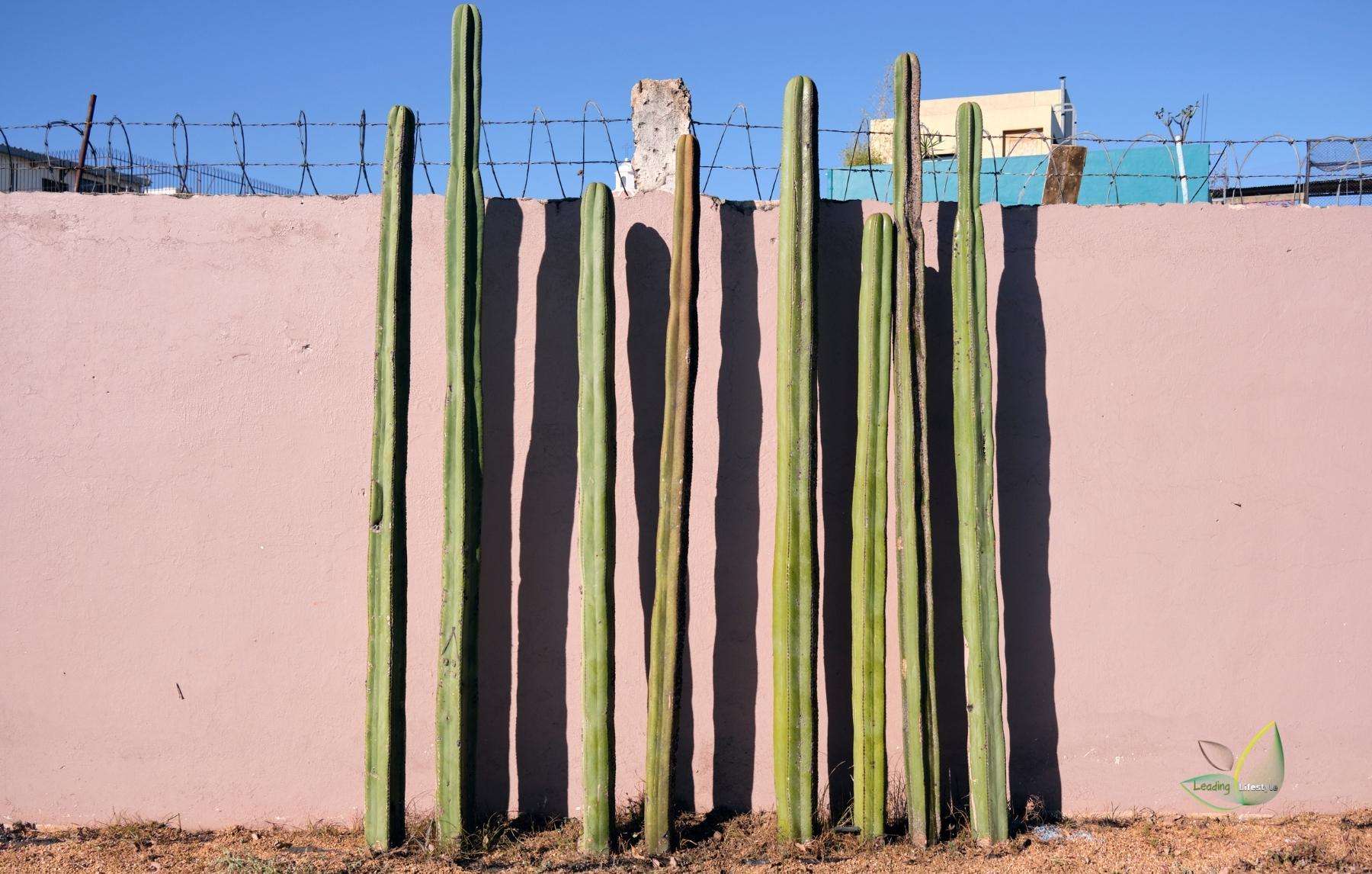
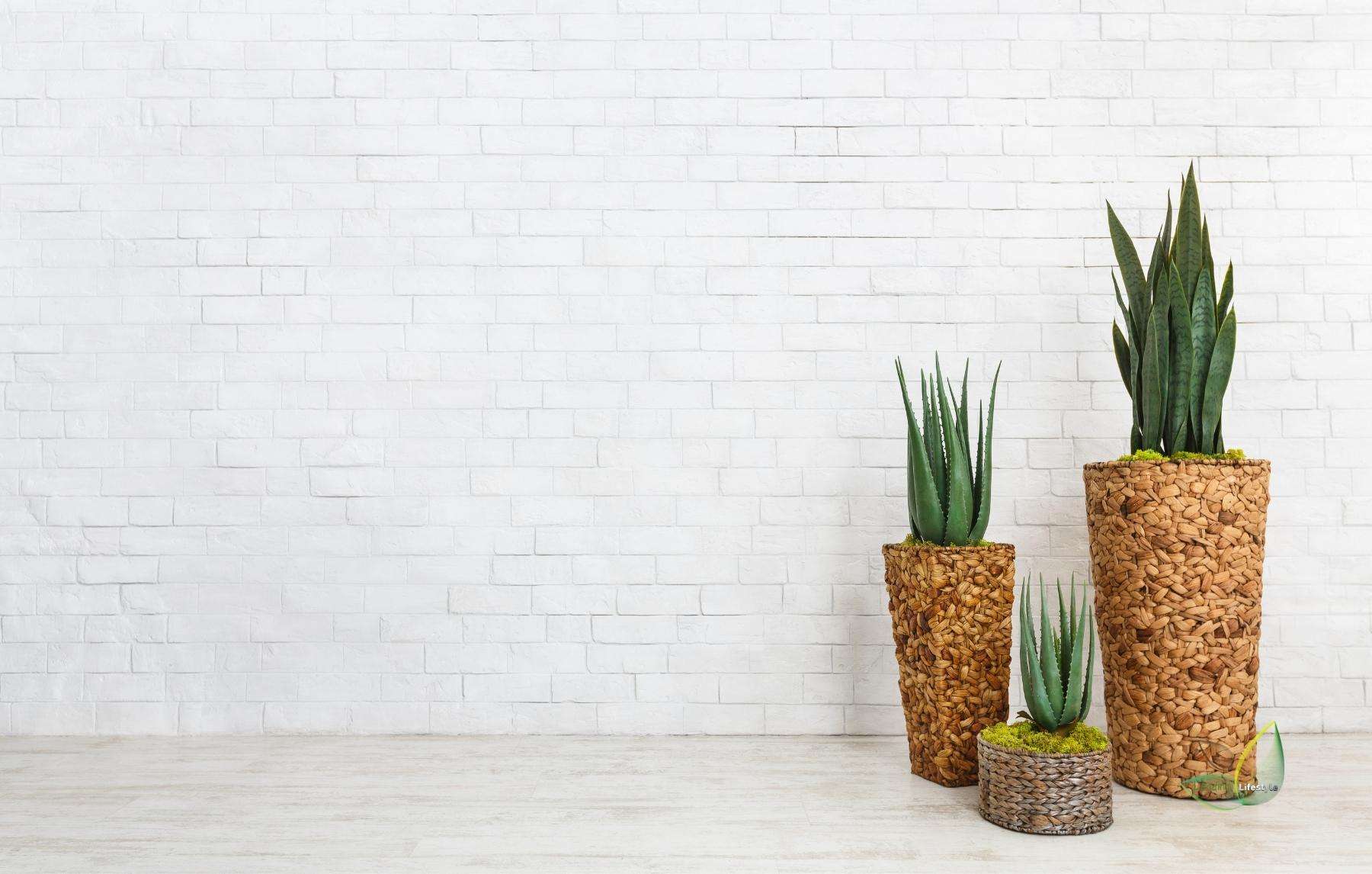
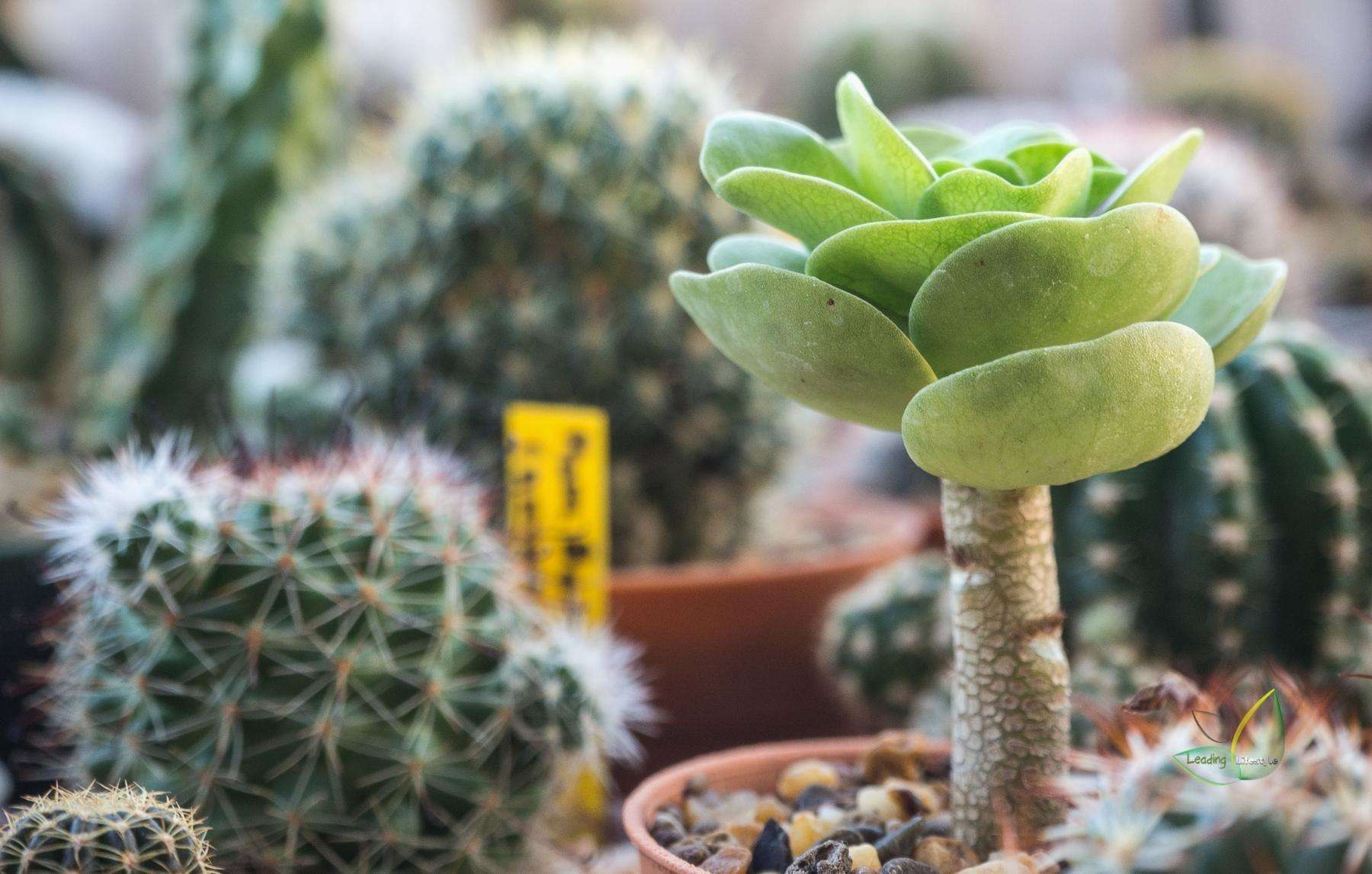



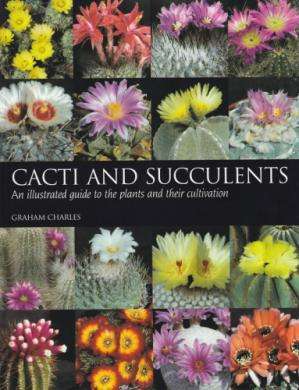
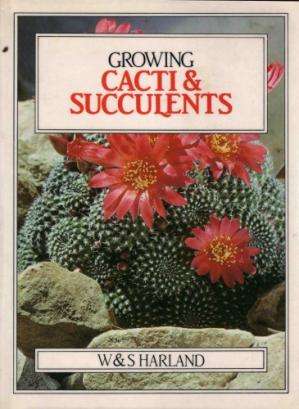
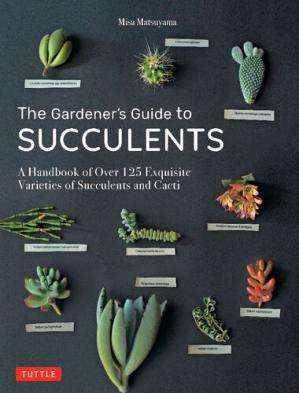
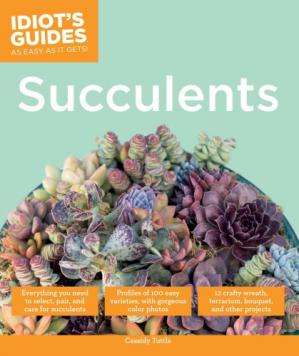
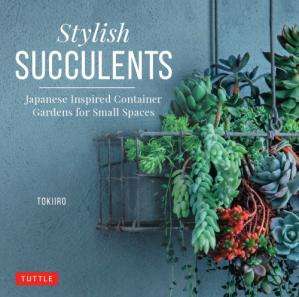
One Response
You’re so cool! I do not believe I’ve read through anything
like that before. So great to find somebody with a few
unique thoughts on this topic. Seriously..
many thanks for starting this up. This site is something that is required on the internet,
someone with a little originality!